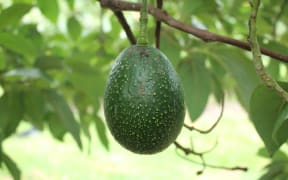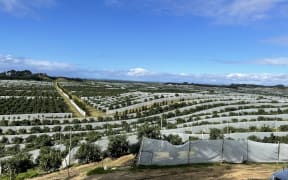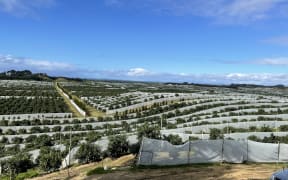The Department of Conservation is appealing to the Environment Court against controversial Far North Aupōuri Peninsula water consents for avocado growing.
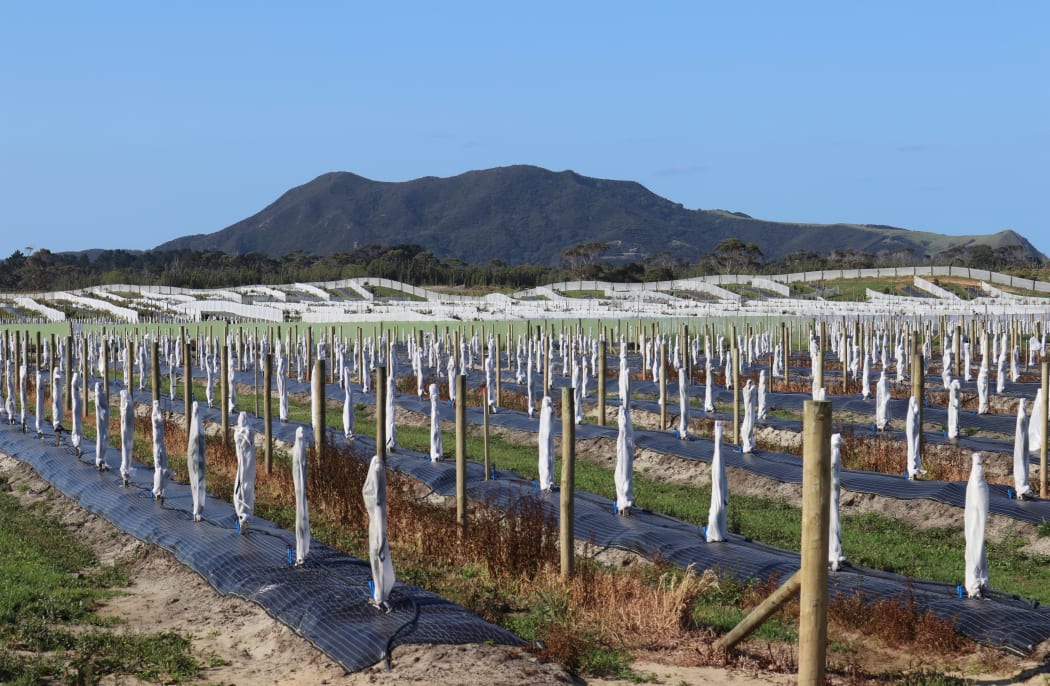
Houhora, a key avocado growing area on the Far North's Aupōuri Peninsula Photo: Northern Advocate / Peter de Graaf
More than $145 million of potential Northland horticultural development across 24 properties on the Far North's Aupōuri Peninsula has gained consents to take more than 4.5 million cubic metres of groundwater each year from the underground Aupōuri aquifer.
Northland Regional Council (NRC) on 31 August released a decision by Commissioners David Hill and Peter Callander granting the applications by 22 parties referred to as the Aupōuri Aquifer Water User Group (AAWUG).
More than 1800 Olympic swimming pools of water could be taken from the aquifer each year, under the new consent, enabling among New Zealand's biggest development of its type.
However, Director-General of Conservation Penny Nelson is appealing the decision to grant 24 applications for water to be taken from the aquifer by horticulturists.
The granted consent allows more than 1000 hectares from Ahipara in the south to Ngataki in the north to be irrigated with 4.52 million cubic metres of groundwater annually - the equivalent of 35 Olympic swimming pools of water weekly, averaged across the year.
DOC Kaitaia operations manager Meirene Hardy-Birch said the department was not, in principle, against the water being taken from Aupōuri aquifer.
But it was not confident around the adequacy of data and other aspects being used as the foundations for some of the critical management of the aquifer needed into the future.
This was important because the health of the intrinsically-linked Aupōuri aquifer and the 124 dune lakes and streams across the consented area could not be reversed, once damage was done.
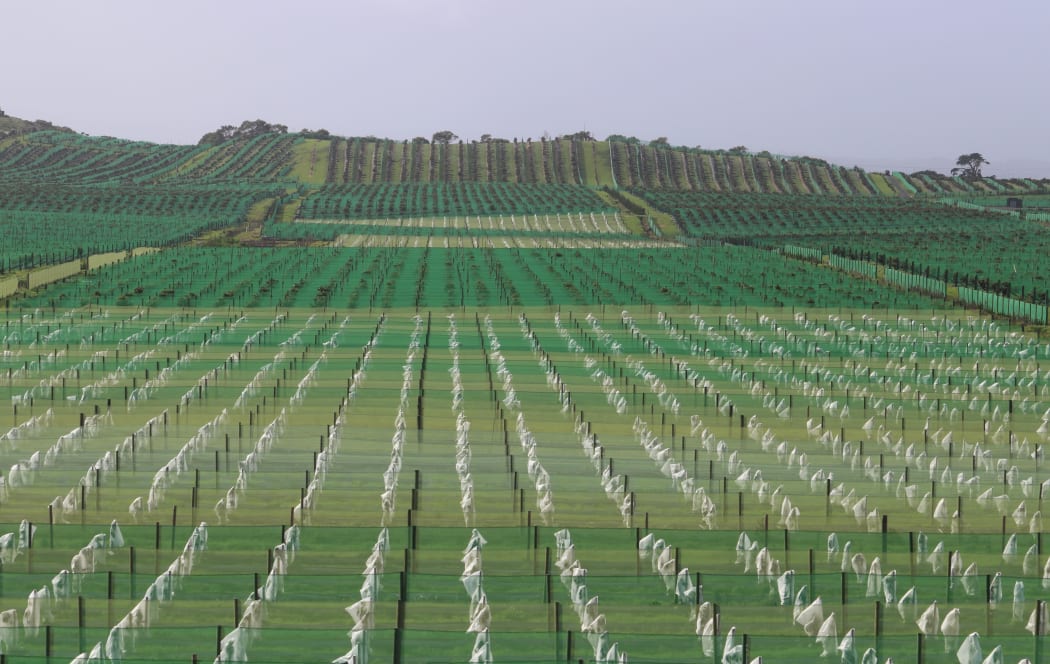
Avocado production is changing the face of Aupōuri Peninsula, its groundwater an essential key to controversial expansion. Photo: Northern Advocate / Peter de Graaf
Northland's internationally important 4000 hectare Kaimaumau wetlands are at the heart of DOC's environmental impact concerns, focussed on groundwater extraction impacts for local natural water features including dune lakes and streams.
Hardy-Birch said a kaitiaki liaison group and two independent panels to be set up as part of consent conditions had been a positive move.
But concerns over monitoring and management control, some of which was inadequate needed addressing.
Some of the modelling used for monitoring groundwater taken was based on assumptions and uncertainties.
The DOC appeal challenged proposed trigger points used to alert if too much water was being taken. It said the consent baseline point for setting these was to start after the water takes began.
Hardy-Birch said time needed to be spent, ahead of the water takes starting, to make sure of satisfactory baseline data collection.
She said current monitoring and/or long term records were unavailable for some of the monitoring bores and surface water levels.
Proposed monitoring locations were not close enough to sensitive surface water features.
The AAWUG consent follows an earlier 2018 collective water take consent application from the Motutangi-Waiharara Water Users Group (MWWUG) by 17 avocado growers. The Conservation Department also appealed this to the Environment Court. It then went to the High Court. MWWUG horticulturists were finally able to start drawing water last year.
Hardy-Birch said the modelling used to monitor groundwater takes for the MWWUG group had not yet had long enough to be a reliable indicator of how things might progress with the AAWUG consent users.
The 20 September DOC appeal document said there would be difficulties isolating the effects on the aquifer from the two collective water takes in combination.
The commissioners on 31 August said while the sum total abstraction sought was large in terms of quantity, the evidence clearly indicated it was relatively small in comparison with the annually available throughput of the aquifer and was sustainable from that point of view.
NRC said there was an estimated 2850m cubic metres of groundwater stored within the overall Aupōuri aquifer system in an average year. AAWUG applications originally sought 4,606,260 cubic metres annually.
NRC said expert evidence suggested that originally-sought quantity was 0.16 percent of the 2850m cubic metres of Aupōuri aquifer groundwater stored in an average year. It was also only 1.9 percent of the estimated 238m cubic metres NRC used to allocate water from the overall Aupōuri aquifer system.
Commissioners granted a total of 4,519,984 cubic metres a year could be taken.
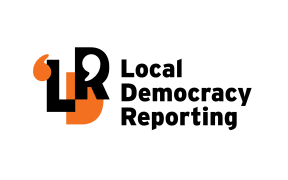
Local Democracy Reporting is a public interest news service supported by RNZ, the News Publishers' Association and NZ On Air.
